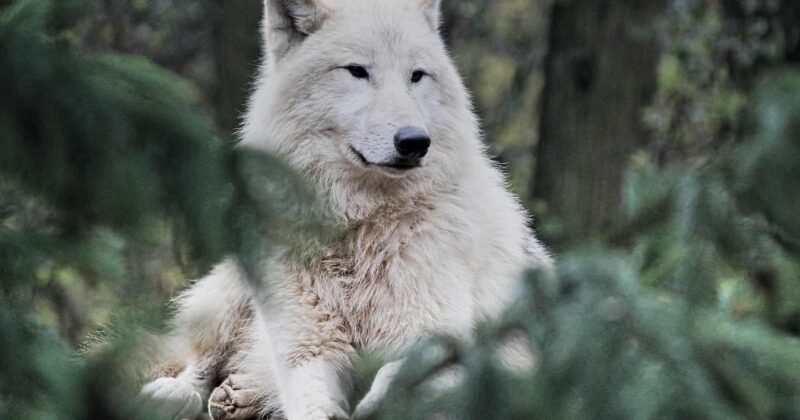The gray wolf has very dense and fluffy winter fur, with short underfur and long, coarse guard hairs. Most of the wolfs are shed in the spring and grow back in the autumn period.
Within the various uses of the word today, “nature” often refers to geology and wildlife. Nature can refer to the general realm of living plants and animals, and in some cases to the processes associated with inanimate objects – the way that particular types of things exist and change of their own accord, such as the weather and geology of the Earth.
Human interrelationship
Wilderness is generally defined as areas that have not been significantly modified by human activity.
This more traditional concept of natural things which can still be found today implies a distinction between the natural and the artificial, with the artificial being understood as that which has been brought into being by a human consciousness or a human mind. Depending on the particular context, the term “natural” might also be distinguished from the unnatural or the supernatural.
Wilderness areas and protected parks are considered important for the survival of certain species, ecological studies, conservation, solitude, and recreation.
The Nature
An ocean is a major body of saline water, and a principal component of the hydrosphere. Approximately 71% of the Earth’s surface (an area of some 361 million square kilometers) is covered by ocean, a continuous body of water that is customarily divided into several principal oceans and smaller seas.
Wilderness areas can be found in preserves, estates, farms, conservation preserves, ranches, national forests, national parks and even in urban areas along rivers, gulches or otherwise undeveloped areas.
Atmosphere, climate, and weather
Most modern human use of plants is through agriculture.
The clearance of large tracts of land for crop growth has led to a significant reduction in the amount available of forestation and wetlands, resulting in the loss of habitat for many plant and animal species as well as increased erosion.
The clearance of large tracts: there is no discrete boundary between the Earth’s atmosphere and space, as the atmosphere gradually attenuates with increasing altitude.
Plant and animal species: wilderness areas and protected parks are considered important for the survival of certain species, ecological studies, conservation, solitude, and recreation.
Earth’s atmosphere: wilderness areas and protected parks are considered important for the survival of certain species, ecological studies, conservation, solitude, and recreation.
Earth’s surface: there is no discrete boundary between the Earth’s atmosphere and space, as the atmosphere gradually attenuates with increasing altitude.
Outer space, also simply called space, refers to the relatively empty regions of the universe outside the atmospheres of celestial bodies. Outer space is used to distinguish it from airspace (and terrestrial locations). There is no discrete boundary between the Earth’s atmosphere and space, as the atmosphere gradually attenuates with increasing altitude.
Source: Wikipedia
